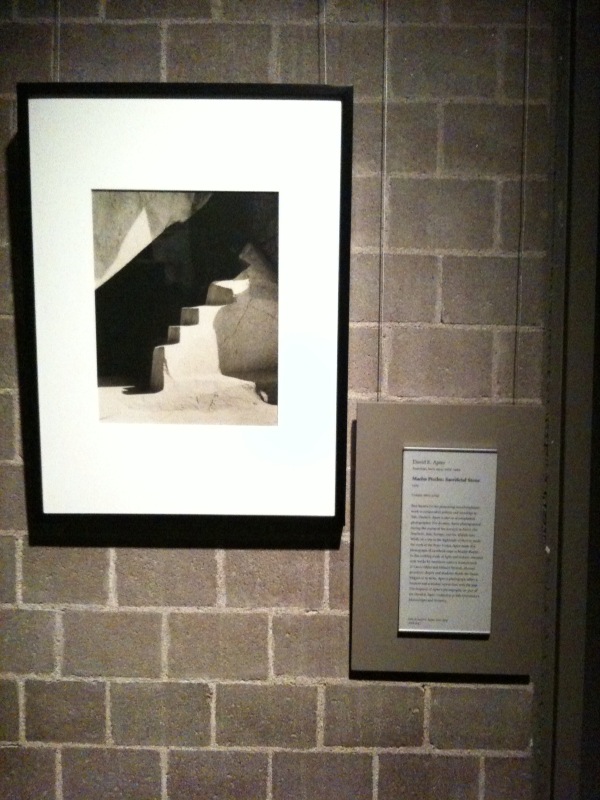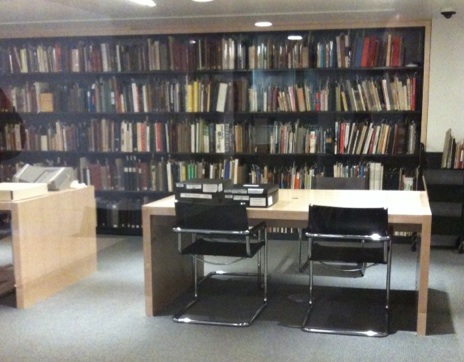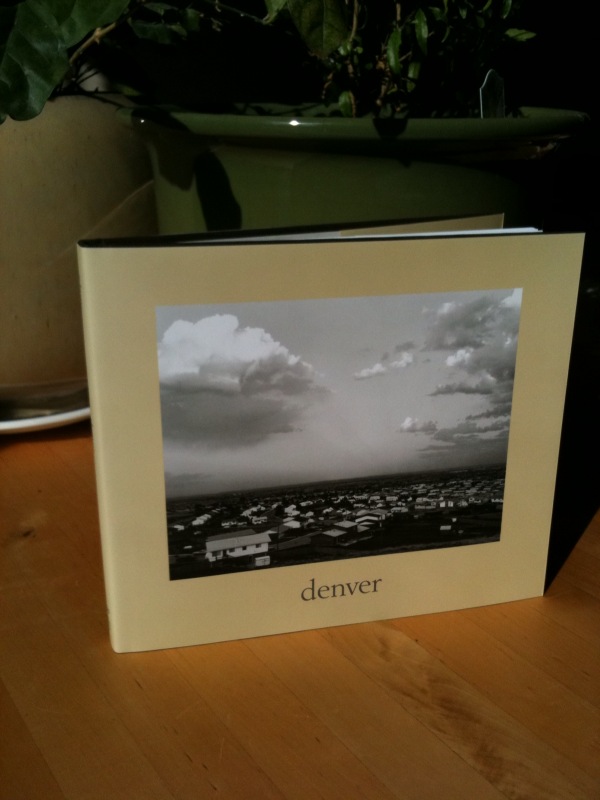
In February I attended the tribute to David E. Apter and his wife Eleanor held in the James E. Duffy Study Room on the fourth floor of the Yale University Art Gallery. Displayed around the viewing room were YUAG’s holdings of vintage prints by David as well as their recent donations to the YUAG African collection. I was honored to be in attendance and to contribute the wall text for one of the pieces in the Gallery.
David E. Apter
American, born 1924
Machu Picchu: Sacrificial Stone
1965
Best known for his pioneering interdisciplinary work in comparative politics and sociology at Yale, Apter is also an accomplished photographer. For decades, Apter photographed during the course of his research in Africa, the Americas, Asia, Europe, and the Middle East. While on a trip to the highlands of Peru to study the work of the Peace Corps, Apter made this photograph of sacrificial steps at Machu Picchu. A striking study of light and texture, resonant with works by twentieth century masters such as Laura Gilpin and Edward Weston, Apter uses abstract geometric shapes and shadows to divide the frame. Elegant in its form, it offers a timeless and articulate connection with the past.
Yale University Art Gallery holds a selection of vintage prints by David E. Apter, but the majority of Apter’s photographs are part of the David E. Apter Collection at Yale University’s Manuscripts and Archives. Yale (the Yale University Art Gallery, Manuscripts and Archives, the Beinecke Rare Book & Manuscript Library, and the Robert B. Haas Family Special Collections) is a treasure trove for photography viewing and scholarship. During that recent visit to New Haven, I spent the day looking at the MFA thesis portfolios of Dru Donovan, Philip-Lorca diCorcia, Matthew Monteith, Walead Beshty, and George Awde. Lisa Kereszi, lecturer in photography at Yale, recently noted the ability to see “an artist’s work in person” on Daylight Magazine’s blog in her post about the recent Lee Friedlander acquisition. (In 2005, YUAG acquired Robert Adams’ complete body of work.) She writes, “[a]s a teacher, I have been honored and excited to introduce my undergraduate students to an artist’s work in person, not behind glass, and not on a wall. Sure, they still can’t touch it or chew gum over it, but there is nothing but air separating us from the print, from the object the photographer conceived of and made, most likely printed, touched and signed. I think it changes the way an 18-year-old understands photography when he/she gets to see something like that, and to not have to solely rely on 72 dpi projections or dusty slides. During a class visit to the Beinecke, one of my students, a poet, damn near had a conniption when we came across an actual, physical note Diane Arbus had written to Stieglitz. Maybe they’re spoiled, but I say, keep the spoils coming.”

Yale MFA thesis portfolios on the table
So what’s my point? Plan a trip to your local archive/gallery/museum/artist studio and look at some photographs as the objects they are. I know for me I spend too much time looking at work on the computer.
